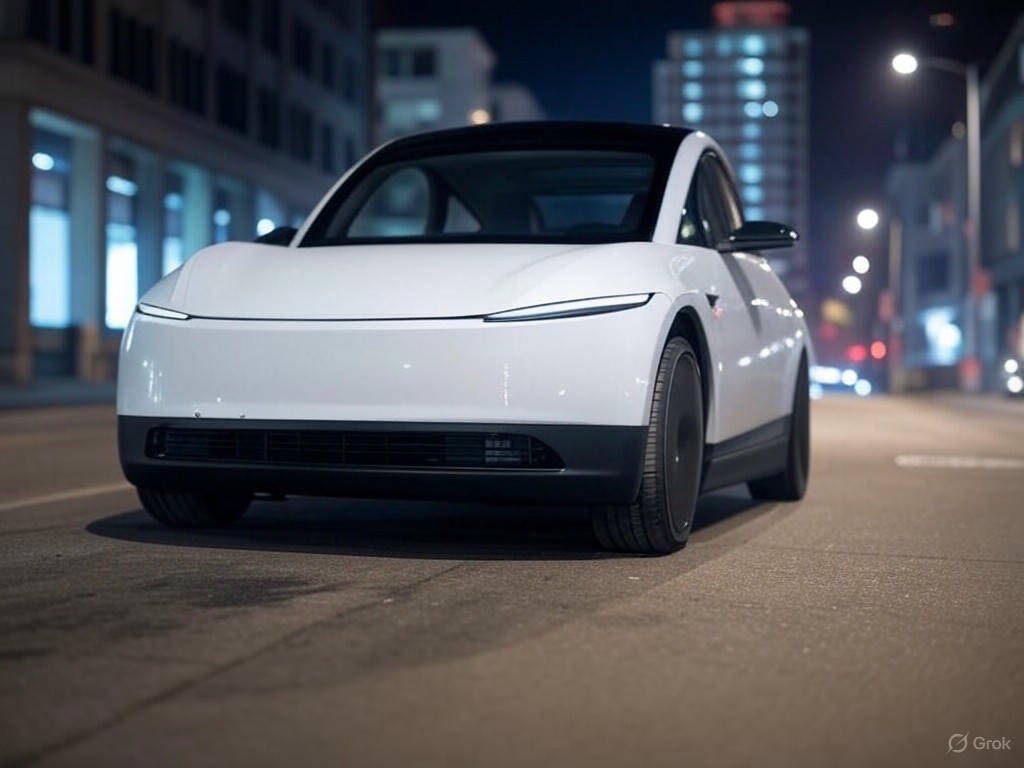Tesla’s Robotaxi Debuts in Austin: Early Impressions and Future Potential
Tesla has taken a bold step into the future of transportation with the launch of its much-anticipated robotaxi service in a select area of Austin, Texas. This limited rollout, which began recently, marks a significant milestone for the electric vehicle giant as it ventures deeper into autonomous driving technology. While the service is currently operating on a small scale with human safety monitors onboard to ensure passenger security, the initial reactions from users and observers alike are already sparking conversations about the potential of self-driving taxis in urban environments.
The concept of a robotaxi—a fully autonomous vehicle designed to ferry passengers without a traditional driver—has long been a vision for Tesla’s CEO, Elon Musk. The company’s decision to test this service in Austin, a city known for its tech-savvy population and progressive attitude toward innovation, seems strategic. Early users have shared a mix of excitement and cautious optimism about their experiences. Many have praised the smooth navigation and futuristic feel of riding in a vehicle that operates without human intervention. One rider reportedly described the experience as ‘like stepping into a sci-fi movie,’ marveling at how the car seamlessly handled traffic signals and pedestrian crossings. However, others noted minor hiccups, such as occasional hesitation at complex intersections, highlighting that the technology is still in its infancy.
Safety remains a top priority for Tesla during this pilot phase. The presence of safety monitors in the passenger seat is a reassuring measure, ensuring that any unexpected issues can be addressed promptly. This cautious approach reflects the broader challenges facing autonomous vehicle deployment, including regulatory hurdles and public trust. While Tesla has made significant strides in its Full Self-Driving (FSD) software, the road to widespread adoption of robotaxis is paved with technical and ethical questions. How will these vehicles handle unpredictable scenarios? Can they earn the confidence of everyday commuters? These are questions that early trials like the one in Austin aim to answer.
Beyond the immediate feedback, Tesla’s robotaxi experiment signals a transformative shift in the transportation industry. If successful, this service could redefine urban mobility, reducing the need for personal car ownership and alleviating traffic congestion in densely populated areas. It also positions Tesla as a frontrunner in a competitive market where companies like Waymo and Cruise are also vying for dominance in the autonomous ride-hailing space. Analysts suggest that the data collected from this Austin pilot will be crucial for refining the technology and scaling operations to other cities in the coming years.
As Tesla continues to navigate this uncharted territory, the world is watching closely. The initial reactions from Austin riders are just the beginning of a long journey toward a driverless future. While there are still obstacles to overcome, the debut of Tesla’s robotaxi service is a promising glimpse into how technology could reshape the way we move. For now, the streets of Austin are serving as a living laboratory, and the results could pave the way for a revolution on wheels.


